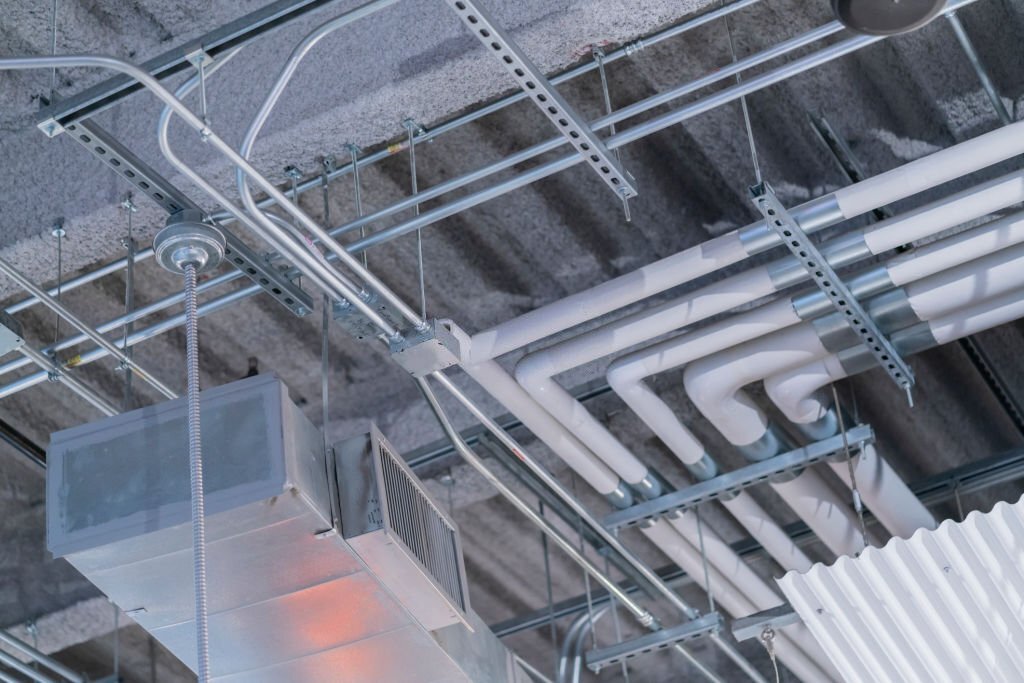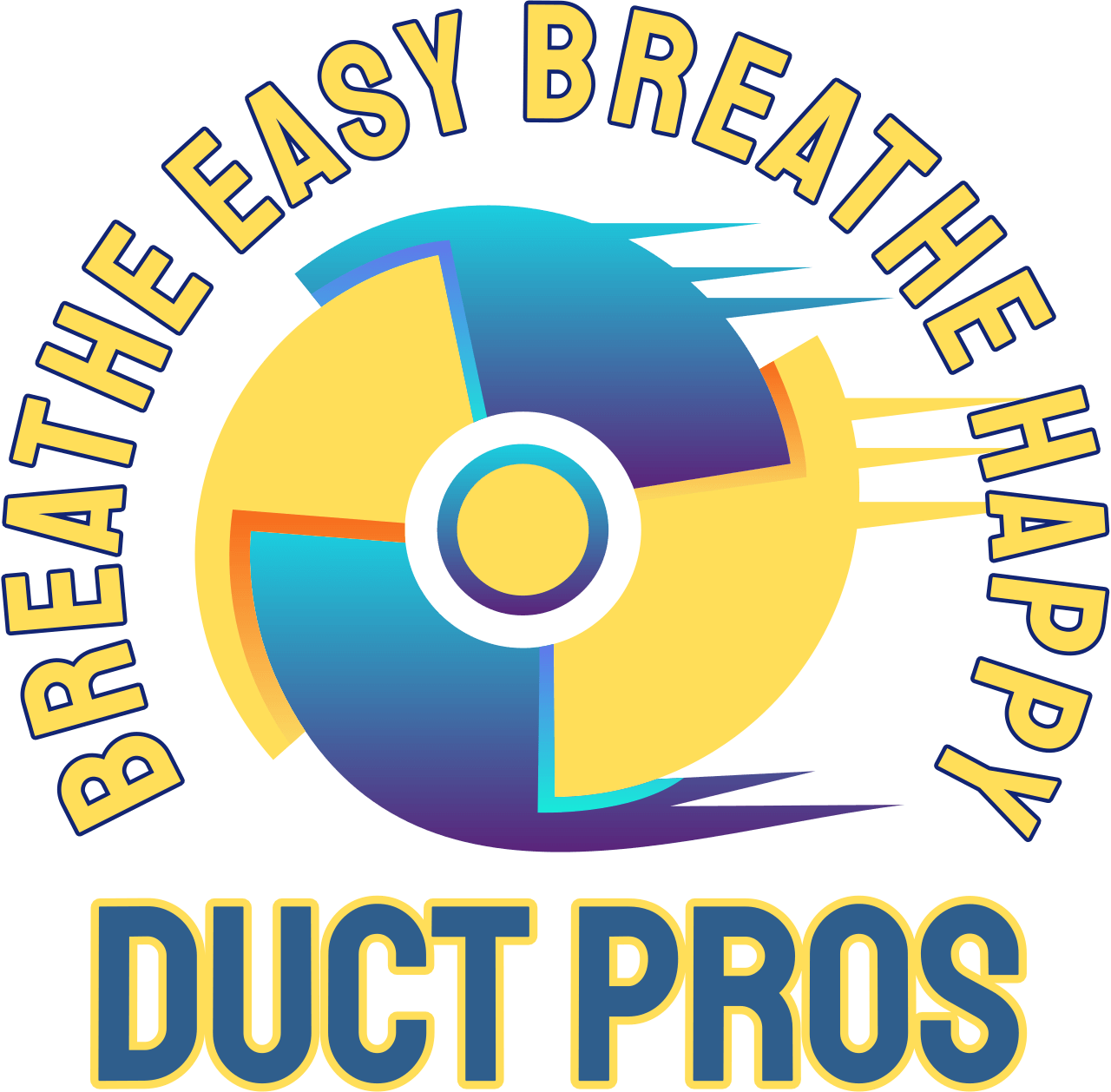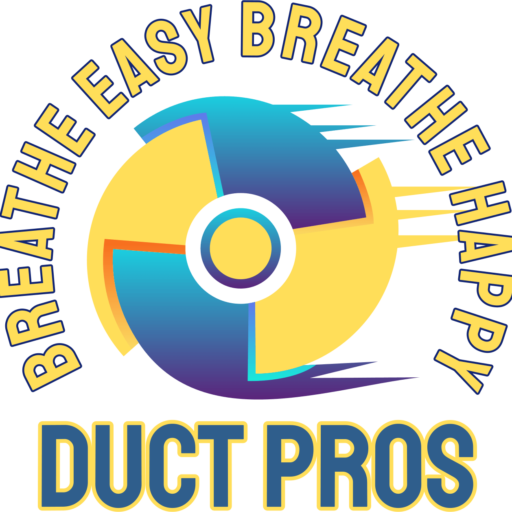Introduction
Air Duct Contamination
Air duct contamination can pose serious health risks and compromise the efficiency of your HVAC system. Dust, allergens, mold, and other contaminants can accumulate within your ductwork, leading to poor indoor air quality and potential respiratory issues. This comprehensive guide will explore the steps to detect, clean, and prevent air duct contamination. By understanding the signs of contamination, implementing proper cleaning techniques, and adopting preventive measures, you can ensure a healthier and cleaner living environment for you and your family.
Detecting Air Duct Cleaning Service
Detecting air duct contamination requires careful observation and awareness of potential indicators. Look out for the following signs:
Visible Mold: It is a clear sign of contamination if you notice mold growth on or near your air ducts. Mold can spread quickly and release spores into the air, posing health risks.
Dust Buildup: Excessive dust accumulation around your vents or on surfaces throughout your home may indicate contaminated air ducts. Dust can contain allergens, pollutants, and other particles affecting indoor air quality.
Unpleasant Odors: Foul or musty odors emanating from your vents can be a result of contaminants in the ductwork. Odors may be caused by mold, mildew, pet dander, or other pollutants.
Allergy Symptoms: If you or your family members experience persistent allergies, such as sneezing, coughing, or itchy eyes, that worsen when indoors, it could be a sign of air duct contamination.
Air Duct Cleaning Service
Cleaning air ducts is a specialized task that trained professionals should perform. Here are the essential steps involved in the process:
Inspection: An HVAC technician will inspect your ductwork using specialized tools and cameras to identify contamination areas and assess the system’s overall condition.
Equipment Preparation: The cleaning team will prepare equipment such as high-powered vacuums, rotary brushes, and compressed air tools to remove contaminants from the ducts effectively.
Containment: Before cleaning begins, the professionals will create a containment area to prevent the spread of contaminants throughout your home. This may involve sealing vents and using protective coverings.

Cleaning Process: Using the appropriate equipment, the technicians will dislodge and remove accumulated dust, debris, mold, and other contaminants from the ductwork. This may include brushing, vacuuming, and compressed air techniques.
Sanitization: A disinfectant or sanitizer may be applied to the cleaned surfaces to eliminate any remaining bacteria or mold spores. This step helps prevent future contamination.
Preventing Air Duct Contamination
Taking preventive measures can help maintain clean air ducts and reduce the risk of contamination. Consider the following strategies:
Regular HVAC Maintenance: Schedule routine maintenance for your HVAC system, including filter replacements and system inspections. This helps prevent dust and debris from entering the ductwork.
Change Air Filters: Regularly change air filters every 1-3 months or as the manufacturer recommends. Clean filters promote better air circulation and prevent dust buildup in the ducts.
Control Moisture: Moisture can lead to mold growth in ducts. Ensure proper ventilation, address plumbing leaks promptly, and use dehumidifiers in humid environments.
Keep Vents Clean: Regularly vacuum vents and registers to prevent dust and debris from accumulating and circulating through the ducts.
Seal Ductwork: Properly seal any gaps, leaks, or cracks in your ductwork to prevent the entry of contaminants. This also improves energy efficiency.

